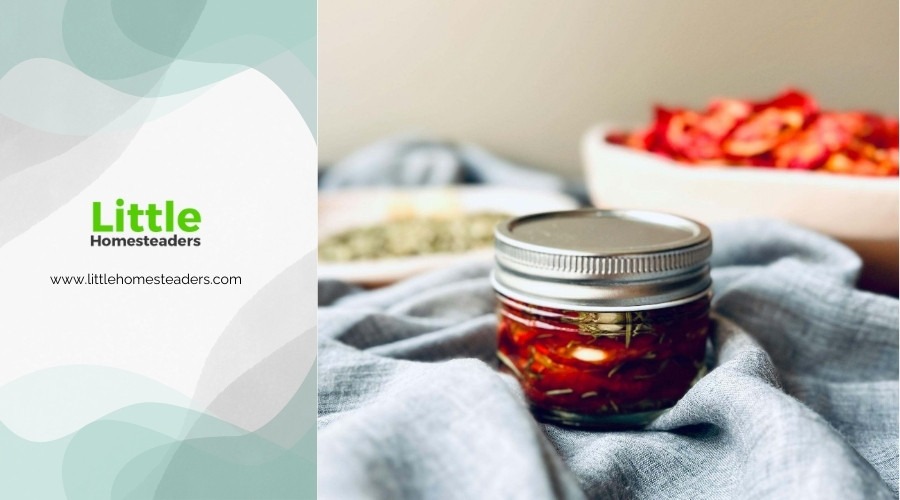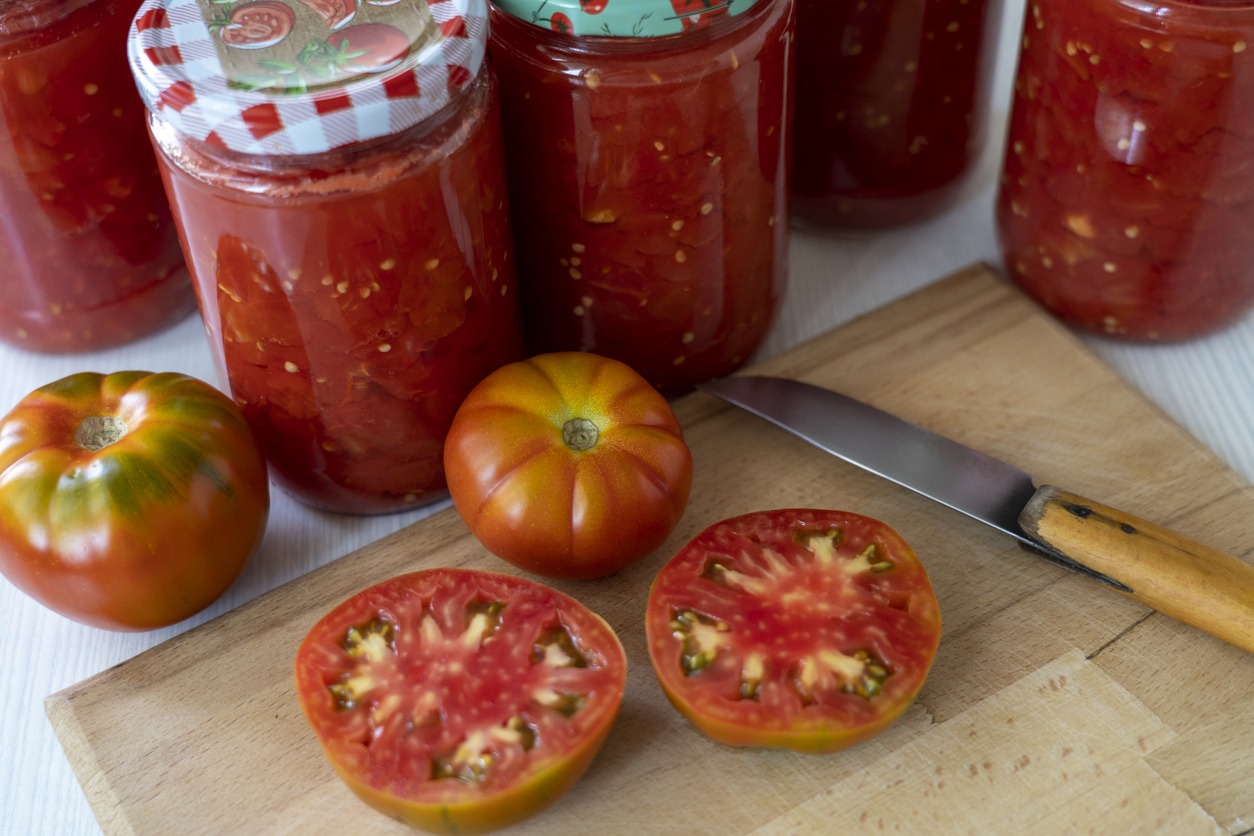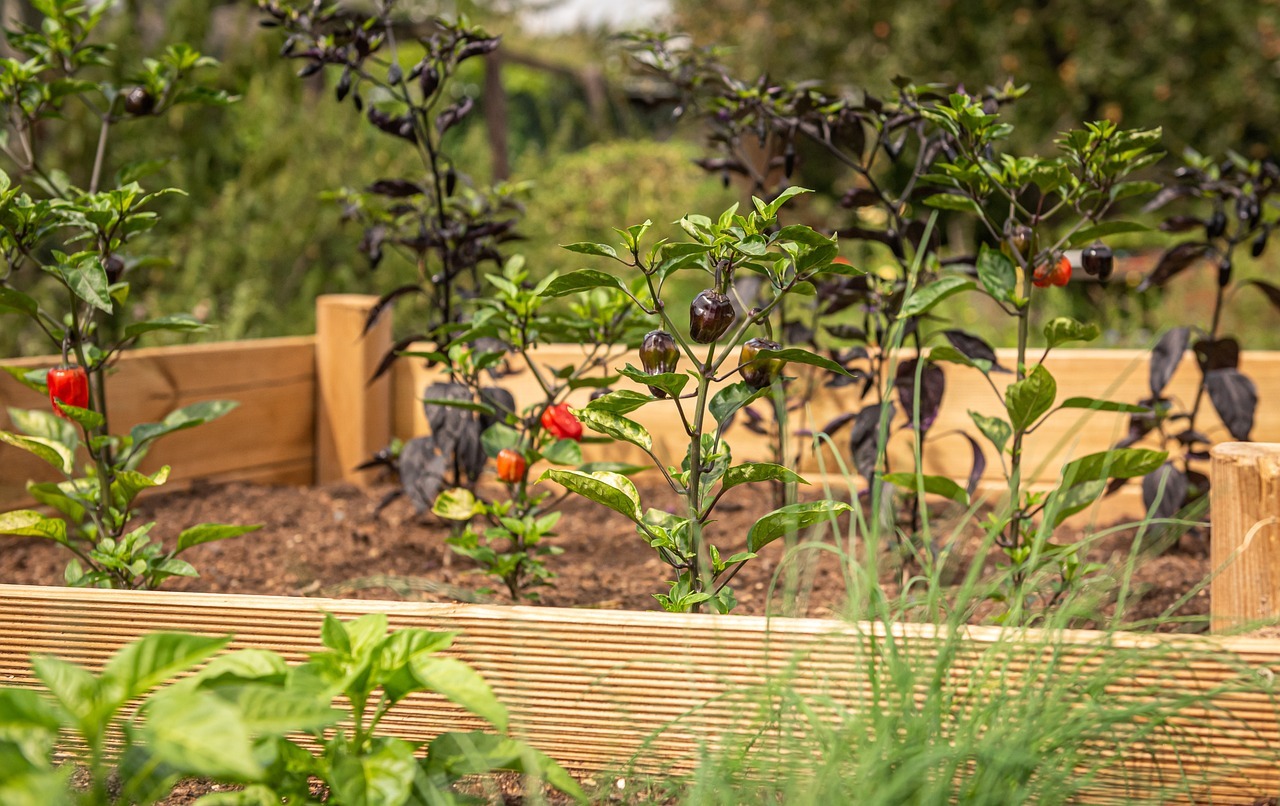Food Preservation Basics: How Every Homesteader Can Store Food
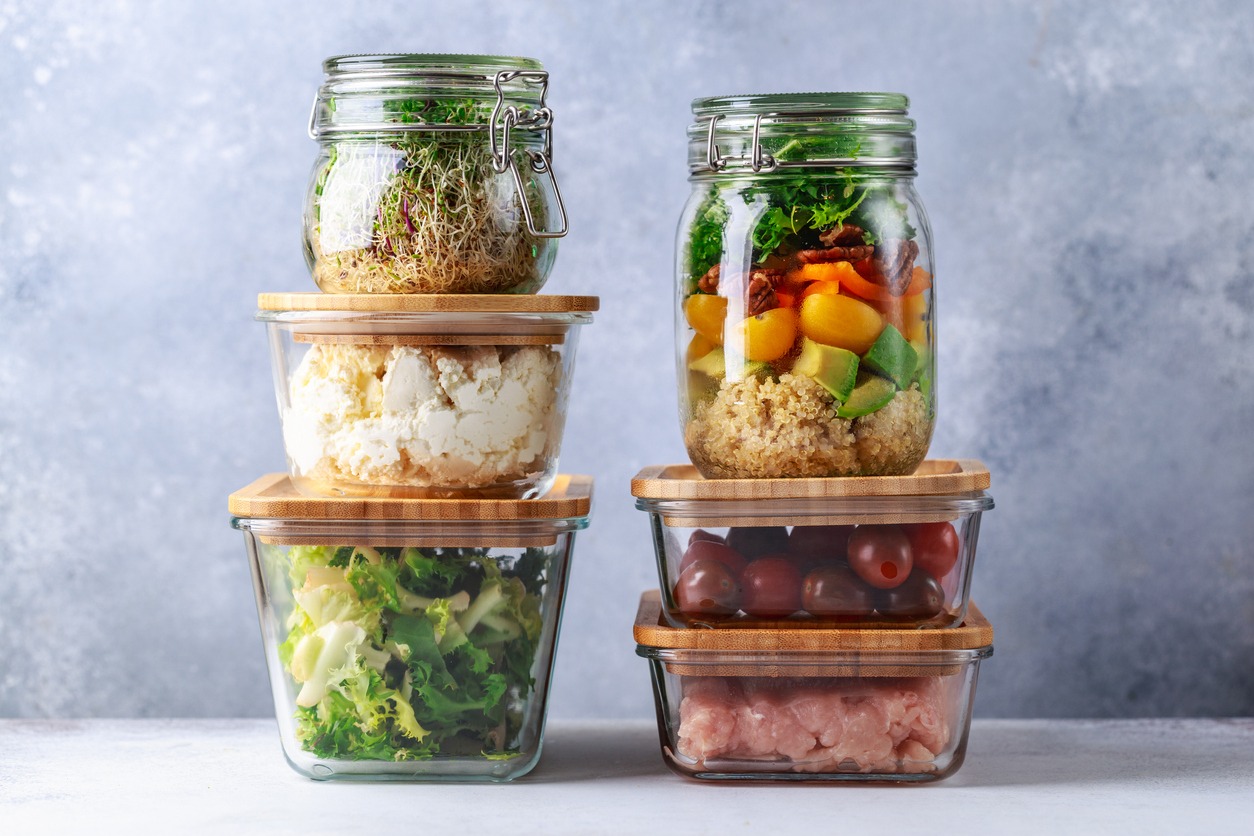
Imagine this: you've just harvested baskets full of vibrant tomatoes, crisp apples, or fresh green beans from your garden. It’s an incredible feeling of accomplishment, but then comes the big question: how do you make this bounty last? You don’t want to waste a single piece of your hard work, but eating everything fresh isn’t practical. This is where food preservation steps in—a lifeline for homesteaders, ensuring your harvest doesn’t just feed you today but sustains your family for months to come.
Whether you’re new to food preservation or looking to refine your skills, this guide will walk you through everything you need to know. From traditional methods like canning and root cellaring to modern techniques like freezing and dehydrating, you’ll learn how to make the most of your harvest and enjoy the satisfaction of a well-stocked pantry all year long. Let’s dig in!
Why Food Preservation Matters
Preserving food isn’t just about saving what you’ve grown—it’s about maximizing its potential. It transforms your harvest into a resource that supports your household through the seasons. Here’s why it’s essential for every homesteader:
A Money-Saving Strategy
When you grow your own food, you’re already saving on grocery bills. But when you preserve your harvest, you’re taking those savings further. Instead of letting surplus fruits and vegetables go bad, you can enjoy them long after the growing season. For example, canning tomatoes in the summer means you won’t need to buy canned tomato sauce all winter.
Environmental Benefits
Food waste is a massive issue worldwide, and every bit of uneaten produce contributes to the problem. By preserving your food, you’re not only reducing your personal waste but also cutting back on the need for store-bought, heavily packaged items. It’s a win-win for your homestead and the planet.
Emergency Preparedness
Imagine a power outage, a supply chain disruption, or an unexpected financial hardship. Having a pantry stocked with preserved foods ensures your family won’t go hungry. It’s about peace of mind—knowing you’re prepared for whatever life throws your way.
Superior Quality
Home-preserved foods often taste better than store-bought alternatives. A jar of homemade peach preserves beats anything you’ll find on a shelf. Plus, since you control the process, you know exactly what’s going into your food—no preservatives, artificial flavors, or hidden ingredients.
Overview of Food Preservation Methods
There are four main methods of preserving food, each with its strengths. Picking the right one depends on what you’re storing and how you want to use it later. Here’s a quick overview:
- Canning: Perfect for sauces, soups, fruits, and vegetables. It seals food in jars to keep it fresh for years.
- Freezing: A quick and easy way to store food, especially fruits, vegetables, and meats.
- Dehydrating: Removes moisture from food, making it lightweight and shelf-stable.
- Root Cellaring: Uses natural cool temperatures to preserve hearty produce like root vegetables and apples.
Each method serves a specific purpose, and most homesteaders find that using a combination of them works best.
Choosing the Right Method for Your Needs
When deciding how to preserve your food, consider these key factors:
- Food Type: Some methods are better suited to certain foods. For example, high-acid fruits like berries work well for canning, while herbs are best dehydrated.
- Shelf Life Goals: Freezing is great for short-term storage, but canning and dehydrating offer longer-lasting solutions.
- Storage Space: Dehydrated foods take up very little room, while freezing requires a dedicated freezer.
- Budget: Canning requires an upfront investment in equipment, but the long-term savings make it worthwhile. Root cellaring, on the other hand, is one of the most cost-effective options.
Example Pairings
- Canning: Tomatoes, pickles, applesauce.
- Freezing: Blueberries, spinach, chicken stock.
- Dehydrating: Bananas, zucchini chips, basil.
- Root Cellaring: Onions, carrots, potatoes.
Experiment with different methods to find what works best for your homestead.
1. Canning
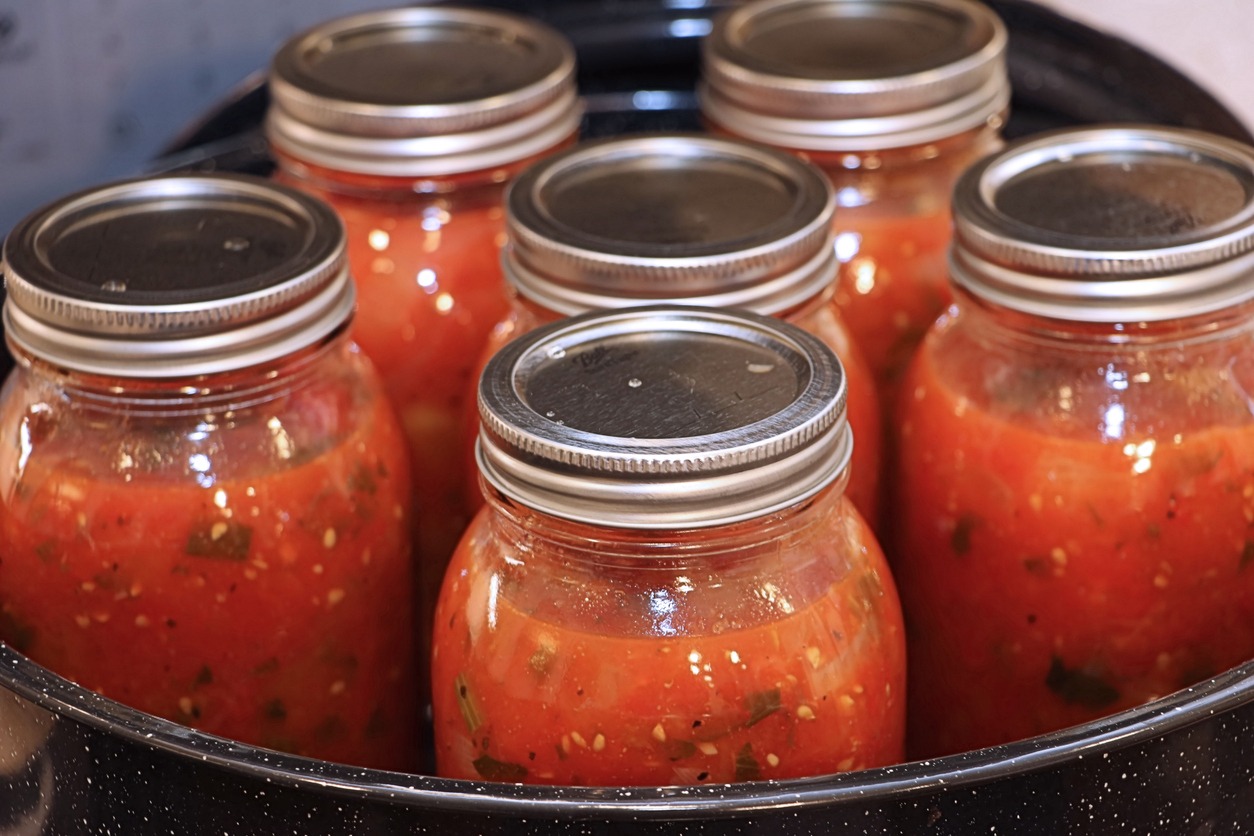
Canning is one of the most versatile and reliable ways to preserve food. It’s ideal for anyone looking to store everything from summer vegetables to ready-to-eat meals.
The Two Methods of Canning
- Water Bath Canning: Suitable for high-acid foods like fruits, jams, and pickles.
- Pressure Canning: Essential for low-acid foods like meats, beans, and most vegetables. It ensures food safety by reaching temperatures high enough to kill harmful bacteria.
Why Canning is Worth It
The upfront work of sterilizing jars and following precise recipes pays off when you see rows of colorful, homemade jars on your shelf. Plus, canned goods last up to five years when stored properly.
Safety First
Canning requires attention to detail. Always sterilize jars, follow tested recipes, and ensure proper seals. If a jar lid doesn’t "pop," it’s not safe to eat.
Simple Beginner Projects
Start with something easy, like strawberry jam or pickled cucumbers. These recipes are forgiving and build your confidence for more complex canning projects.
2. Freezing Techniques
Freezing is an accessible and convenient option for preserving a wide variety of foods. It’s particularly useful for busy homesteaders because it requires minimal prep time.
Preparation Tips
- Blanching Vegetables: Before freezing, blanch vegetables like green beans or broccoli. This step preserves their color, texture, and nutrients.
- Proper Packaging: Use airtight freezer-safe bags or containers to prevent freezer burn and keep your food fresh.
- Vacuum Sealing: For long-term storage, vacuum sealing removes air and extends the life of your frozen goods.
Foods to Freeze
- Fruits: Berries, peaches, and mangoes.
- Vegetables: Corn, carrots, and zucchini.
- Proteins: Chicken, beef, and fish.
- Prepared Foods: Soups, stews, and casseroles.
Organization is Key
Label everything with the contents and the date it was frozen. This simple step helps you rotate your stock and reduce waste.
3. Dehydrating
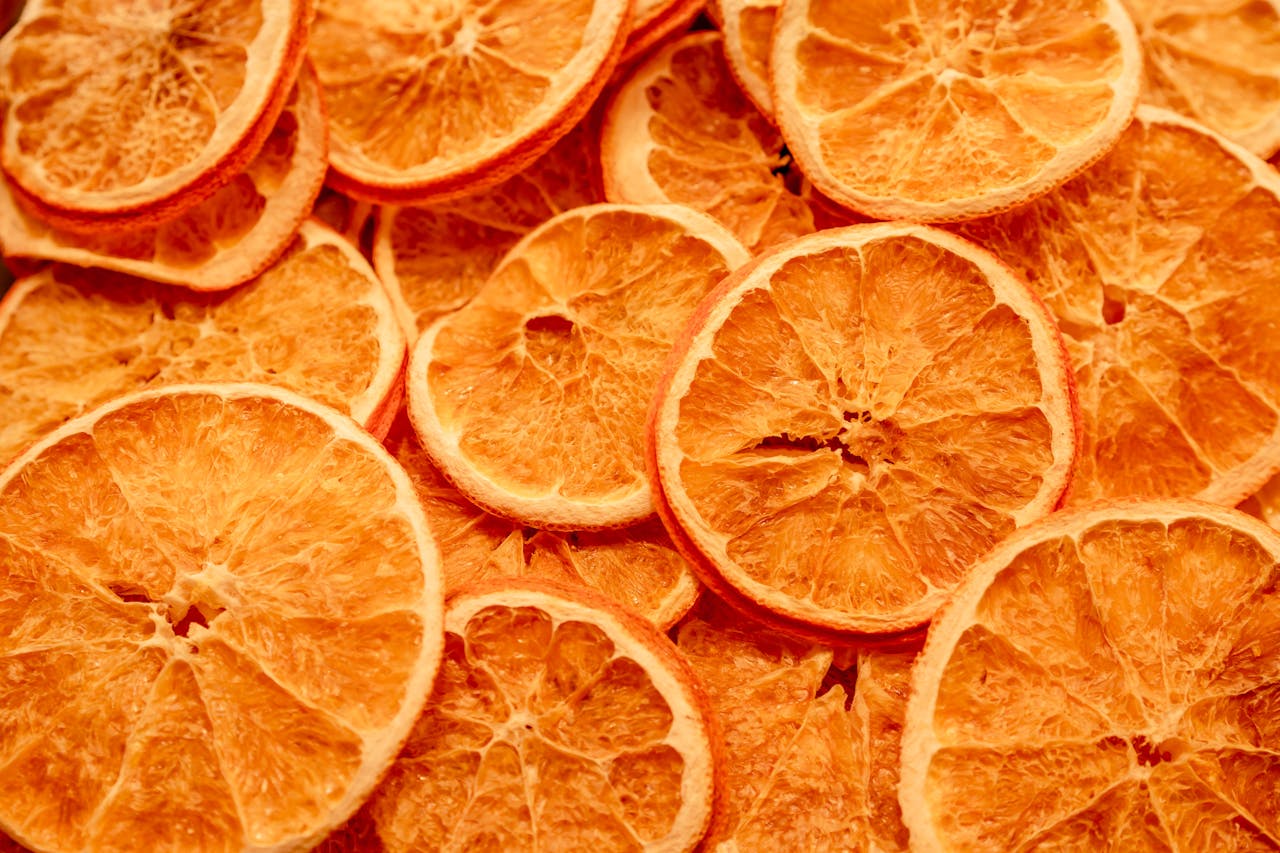
Dehydrating food is an excellent way to preserve items in a lightweight, space-saving format. It’s especially handy for snacks and camping trips.
Getting Started
A dehydrator is the easiest tool to use, but you can also dry foods in an oven set to a low temperature. Slice foods evenly to ensure consistent drying.
Best Foods for Dehydrating
- Herbs: Basil, oregano, parsley.
- Fruits: Apples, bananas, and cherries.
- Vegetables: Tomatoes, peppers, and zucchini.
Storage Tips
Once dried, store your foods in airtight containers with oxygen absorbers to prevent moisture from creeping in. When ready to use, rehydrate them by soaking in water.
4. Root Cellaring
Root cellaring is a time-honored technique that relies on the earth’s natural cool temperatures to keep produce fresh. It’s one of the simplest and most energy-efficient methods available.
What You Can Store
- Root Vegetables: Potatoes, carrots, and turnips.
- Fruits: Apples and pears.
- Other Produce: Garlic, cabbage, and squash.
Tips for a Successful Root Cellar
- Cure root vegetables before storing them to extend their shelf life.
- Pack items in sand or sawdust to maintain moisture levels and prevent bruising.
- Ensure good ventilation to reduce the risk of mold or spoilage.
If you don’t have a traditional root cellar, consider using a cool basement corner or burying insulated containers in your yard.
Safety Considerations in Food Preservation
No matter the method, safety is a top priority when preserving food. Improper storage can lead to spoilage—or worse, foodborne illnesses like botulism.
Best Practices
- Always sterilize tools and equipment.
- Follow tested recipes to ensure the correct acidity, temperatures, and times.
- Regularly inspect preserved foods for signs of spoilage, such as discoloration, odd smells, or bulging jars.
Trustworthy Resources
Refer to the USDA and the National Center for Home Food Preservation for guidelines and recipes you can rely on.
Troubleshooting Common Challenges
Every homesteader faces hiccups along the way. Here are some solutions to common food preservation issues:
- Jars not sealing during canning: Check for debris on the rim or overfilled jars.
- Freezer burn on frozen items: Use vacuum sealing to reduce air exposure.
- Unevenly dehydrated food: Slice foods uniformly and rotate trays during drying.
With a little patience, these challenges become learning opportunities.
The Rewards of Food Preservation
Food preservation is more than a practical skill—it’s deeply satisfying. Imagine pulling a jar of homemade applesauce off the shelf in January or serving your family a hearty stew made from your preserved summer vegetables. These moments make the effort worthwhile.
Beyond convenience, food preservation connects you to the seasons, your land, and your hard work. It’s a journey toward self-reliance, sustainability, and a healthier way of life.
Conclusion
Preserving food is a skill that empowers you as a homesteader. By learning techniques like canning, freezing, dehydrating, and root cellaring, you’re not just saving your harvest—you’re building a lifestyle of abundance and self-sufficiency. Start small, experiment, and watch your pantry fill with the rewards of your efforts. Your future self will thank you!

